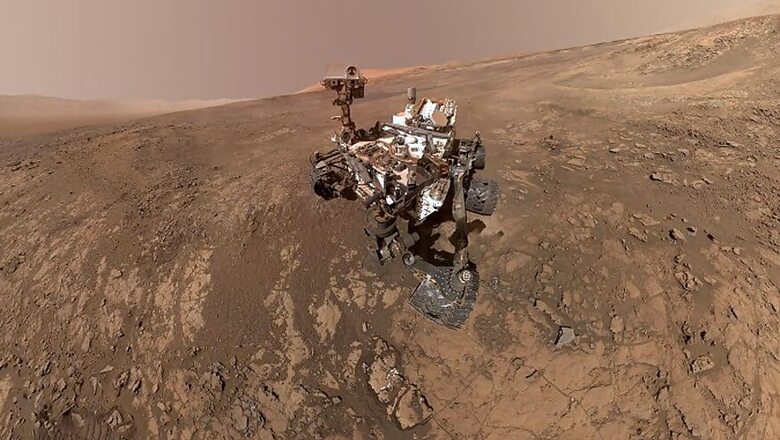
views
NASA engineers have not heard back from Opportunity rover that is caught in an unprecedented sandstorm on Mars, leading to speculation that it might be dead, the US space agency has said. The swirling Martian dust storm that raised the atmospheric opacity, or "tau" -- the veil of dust blowing around -- has blotted out the sun above Opportunity and has continued to intensify.
Due to an extreme amount of dust over Perseverance Valley -- the current location of the rover -- mission engineers believe it is unlikely the rover has enough sunlight to charge back up for at least the next several days, NASA said on Thursday.
First detected by NASA on June 1, a massive storm led to a "dark, perpetual night" over the rover in the Perseverance Valley. The rover uses solar panels to provide power and to recharge its batteries.
Also read: FIFA World Cup 2018: How to Watch The Matches Live on Smartphone, Desktop And TV
Opportunity's power levels had dropped significantly by June 6, requiring the rover to shift to minimal operations and later to temporarily suspend science operations. Despite the worsening dust storm, Opportunity had sent a transmission to NASA engineers on June 10.
However, currently, NASA engineers have not heard back from the nearly 15-year-old rover. They are now operating under the assumption that the charge in Opportunity's batteries has dipped below 24 volts and the rover has entered low power fault mode, a condition where all subsystems, except a mission clock, are turned off, NASA said.
The rover's mission clock is programmed to wake the computer so it can check power levels. If the rover's computer determines that its batteries don't have enough charge, it will again put itself back to sleep.
The Martian dust now blankets 14 million square miles (35-million square kilometres) of Martian surface -- a quarter of the planet.
Watch: Samsung Galaxy A6+ Review | A Complete Samsung Package in a Budget















Comments
0 comment